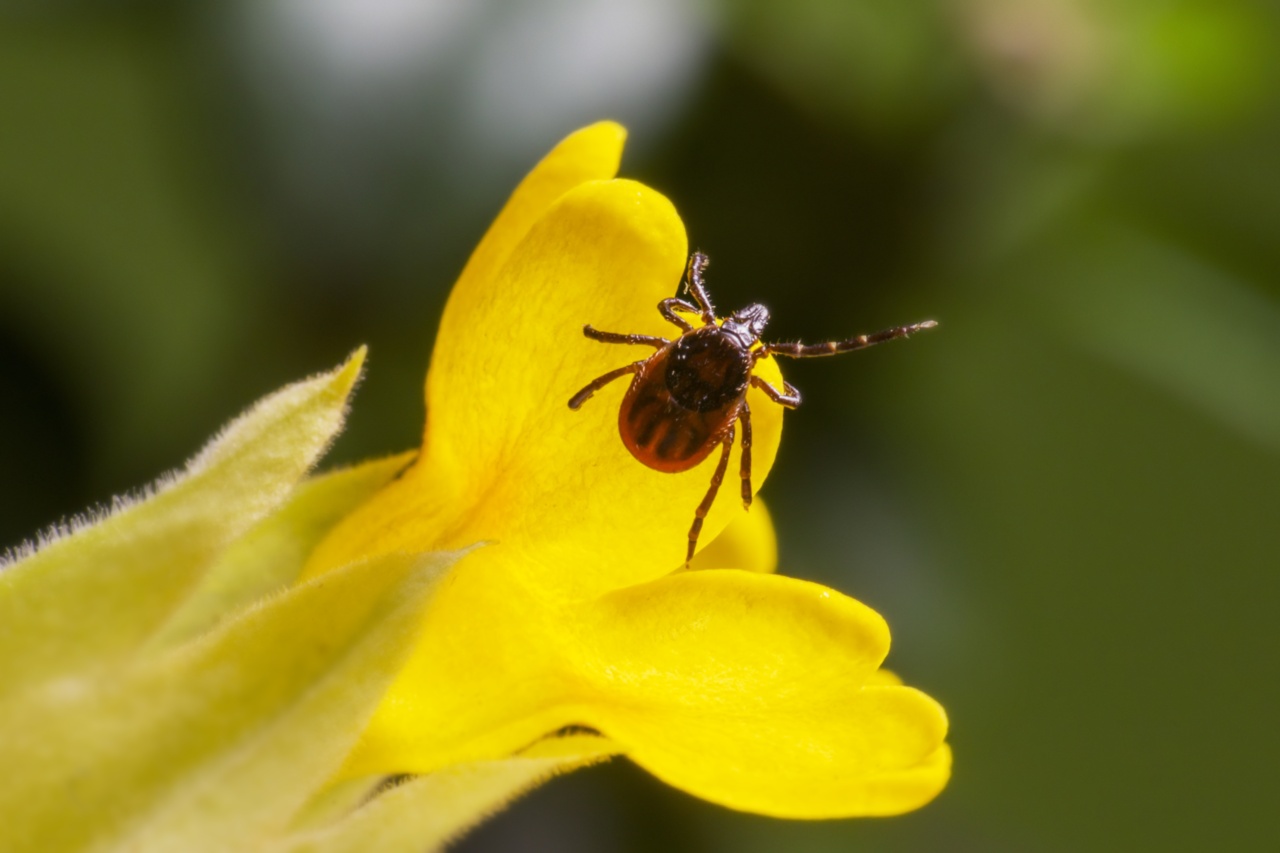Ticks are tiny, eight-legged parasites that feed on the blood of animals, including humans. They are found all around the world and are most commonly found in wooded areas and tall grasses.
Although they may seem small and harmless, ticks can transmit a variety of diseases to humans and animals, making them a serious threat. In this article, we will explore the dangers of ticks and how to protect yourself and your pets from them.
What are ticks?
Ticks are arachnids, meaning they are related to spiders and scorpions. There are over 900 species of ticks, and they can be found in almost every part of the world.
Ticks are ectoparasites, which means they feed on the blood of their hosts from the outside. They are attracted to hosts by the heat and carbon dioxide they produce, as well as by their movement and body odor.
The dangers of ticks
Ticks are more than just annoying pests. They can transmit a variety of serious illnesses to humans and animals.
The most well-known tick-borne disease is Lyme disease, which is caused by the bacterium Borrelia burgdorferi and is transmitted by the black-legged tick. Other tick-borne illnesses include Rocky Mountain spotted fever, tularemia, anaplasmosis, and babesiosis. These diseases can cause symptoms such as fever, headache, fatigue, muscle aches, and joint pain. In severe cases, they can even be fatal.
Protecting yourself from ticks
To protect yourself from ticks, it is important to take certain precautions when spending time outdoors, especially in wooded or grassy areas. Here are some tips:.
- Wear long-sleeved shirts and pants to reduce skin exposure.
- Tuck pants into socks or boots, and wear a hat to keep ticks away from your hair and scalp.
- Use insect repellent that contains at least 20% DEET on exposed skin and clothing.
- Check yourself for ticks regularly, especially after spending time in wooded or grassy areas.
- Take a shower within two hours of coming indoors to wash off any unattached ticks.
Protecting your pets from ticks
Ticks also pose a serious threat to pets, including dogs and cats. Not only can they transmit diseases to your pets, but they can also bring them indoors where they can then infest your home. Here are some tips for protecting your pets from ticks:.
- Use tick preventatives, such as topical treatments or collars, as recommended by your veterinarian.
- Check your pets for ticks regularly, especially after spending time outdoors.
- Keep your lawn mowed and remove any leaf litter or other debris that could attract ticks.
- Do not allow your pets to roam in wooded or grassy areas without supervision.
Removing ticks
If you find a tick on yourself or your pet, it is important to remove it as soon as possible. Use tweezers to grasp the tick as close to the skin as possible and pull upward with steady pressure.
Do not twist or jerk the tick, as this can cause its mouthparts to break off and remain in the skin, which can increase the risk of infection. After removing the tick, clean the bite area with soap and water or rubbing alcohol.
In conclusion
Ticks may be tiny, but they are dangerous pests that can transmit serious illnesses to humans and animals.
By taking precautions when spending time outdoors and protecting yourself and your pets from ticks, you can reduce the risk of tick-borne diseases and enjoy the great outdoors safely.



























